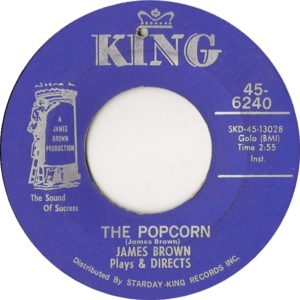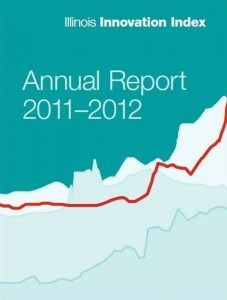When you’ve come upon a particularly trenchant insight and you want to be sure it gets noticed by the largest possible audience, it pays to think about it not as a one-off but as a series. James Brown, the godfather of soul and a savvy businessman, understood this concept well.
In 1969, he created a dance that he christened the Popcorn. He soon recorded a song called “The Popcorn,” and it had a nasty funk groove—so funky that it started to ignite a dance craze among those in the know. Not content to let the original track carry the weight of supporting dancers’ collective thirst, Brown released a jaw-dropping succession of tunes that capitalized on the dance’s popularity. “Mother Popcorn” soon followed and would be the highest-charting release of the series. “Lowdown Popcorn” and “Let a Man Come In and Do the Popcorn” were subsequently laid down by Brown, but he also reached out to others to bring yet more attention. Three other artists under Brown’s auspices also recorded songs that paid homage to the Popcorn. The final offering of the series was Brown’s “Mashed Potato Popcorn,” which combined two hot dances.
While this example might seem a little extreme (though quite funky), it does get at a basic truth: if you’ve committed the time and resources to develop a quality piece of content such as a white paper, you should ensure these ideas get a full airing with your target audience. Given the glut of information (much of it subpar) that’s available to businesspeople, it’s optimistic to assume that they will easily find your needle of brilliance in the online haystack. A more considered approach to sharing your content can increase your odds significantly.
You shouldn’t think of a white paper as just a white paper. Rather, it’s source material for a range of content types.
- A series of blogs that highlight key points
- Articles published in external publications that directly tie your insight to industry trends
- Webinars that afford you the chance to go into more detail and address specific questions
- Speeches at conferences or forums to demonstrate your command of the topic
- The anchor for a demand-generation campaign
- A conversation starter or follow-up with prospective clients
- Articles for your monthly newsletter
This list might seem like a huge commitment of marketing and communications resources for one set of ideas. But that’s where lean content creation comes in. When the same team that develops the white paper also tailors this content to different channels, the economies of scale are substantial. And if the editorial team works with experts at the outset to formulate a strategy for developing all of these pieces as part of a whole, the process can proceed more quickly and cost effectively than you think.
In a future post, I’ll be discussing the development process that can deliver all of this content. In the meantime, let me know your thoughts or if you have questions about how to get more from your ideas.



Leave a Reply
You must be logged in to post a comment.